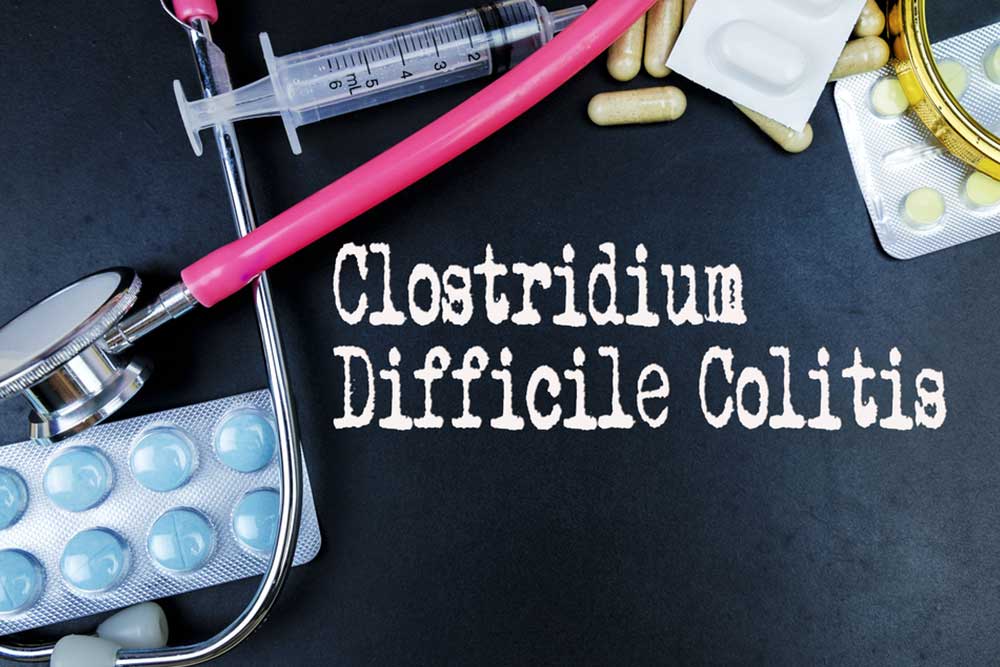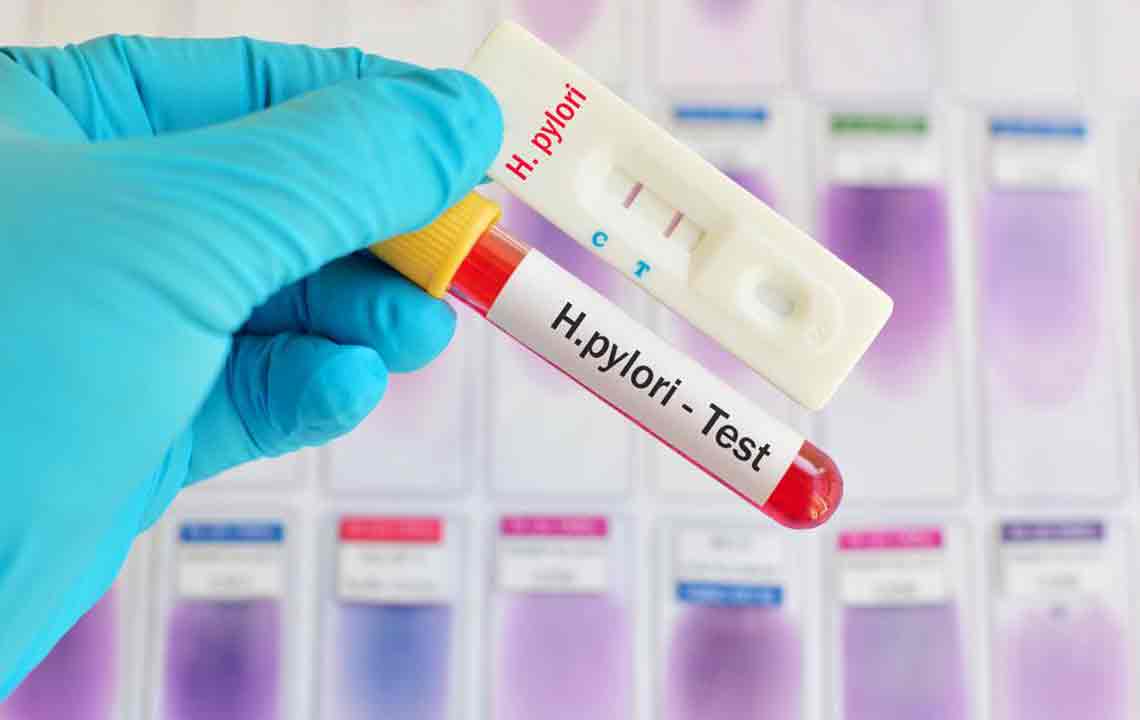Comprehensive Guide to Sepsis: Recognizing Symptoms and Effective Treatments
Sepsis is a critical health condition requiring immediate attention. This article provides a detailed overview of sepsis symptoms, risk factors, and effective treatment strategies. Recognizing early signs such as fever, rapid heartbeat, and confusion can save lives. Key treatment options include antibiotics, supportive therapies, and surgical interventions when necessary. Awareness of risk groups like infants, the elderly, and immunocompromised individuals is crucial. Early diagnosis and prompt medical care remain vital in preventing severe complications and improving survival outcomes in sepsis cases.

Comprehensive Guide to Sepsis: Recognizing Symptoms and Effective Treatments
Sepsis is a life-threatening medical condition that emerges when the body's response to an infection becomes uncontrolled, leading to widespread inflammation, blood clotting issues, and potential damage to vital organs. Although not very common, sepsis remains a significant health concern worldwide because of its rapid progression and high mortality rates if not detected and treated promptly. Understanding the intricacies of sepsis—its origins, symptoms, risk factors, and treatment options—is essential for early intervention and improving patient outcomes.
Understanding Sepsis: What It Is and How It Develops
Sepsis occurs when the immune system's response to an infection goes into overdrive, causing systemic inflammation that damages tissues and organs. It often results from bacterial infections, but fungal, viral, or parasitic infections can also lead to sepsis. Once infection enters the bloodstream or affects internal organs, the immune response triggers a cascade of reactions, including the release of chemicals that cause blood vessels to dilate, blood clotting abnormalities, and decreased blood flow to vital organs. If untreated, this can progress to septic shock, characterized by dangerously low blood pressure and multi-organ failure.
Who Is Most at Risk?
Infants and Elderly: Young children and older adults are especially vulnerable due to immature or weakened immune systems, making it harder for their bodies to fight infections.
Individuals with Chronic Diseases: People suffering from conditions like diabetes, cancer, HIV/AIDS, or other immunocompromising illnesses are at heightened risk because their immune defenses are compromised.
Post-Surgical or Traumatic Patients: Severe injuries or surgical procedures, especially those involving bacteria entering the bloodstream, increase sepsis risk.
Immunosuppressed Patients: Those on immunosuppressive therapies or medications post-organ transplants also face increased vulnerability.
Understanding these risk factors allows for better vigilance and early diagnosis, which are crucial in preventing severe outcomes.
Early Symptoms of Sepsis: What to Watch For
High Fever and Chills: A sudden spike in body temperature, often accompanied by shivering, is a common initial sign. Maintaining vigilance for this symptom, especially following infections or surgeries, is essential.
Rapid Breathing and Increased Heart Rate: Tachypnea (quickened breathing) and tachycardia (fast heartbeat) are body's responses to infection and inflammation. These signs may appear early and warrant immediate medical evaluation.
Profuse Sweating or Unusual Skin Changes: Excessive sweating or skin discoloration, such as pallor or mottling, could suggest systemic infection progressing to sepsis.
Other Early Signs: Fatigue, malaise, dizziness, or confusion may also indicate the onset of sepsis. Recognizing these symptoms early can dramatically alter the prognosis.
Prompt medical intervention is critical at this stage. If these symptoms appear, seek emergency care immediately for proper diagnosis and treatment.
Severe and Advanced Symptoms of Sepsis
Altered Mental State: Confusion, disorientation, or lethargy often suggest that sepsis has become more severe, affecting brain function.
Loss of Consciousness: As sepsis progresses, patients may faint or slip into coma, indicating critical deterioration.
Skin Discoloration and Patches: Blue or mottled skin signifies poor blood circulation and oxygen deprivation.
Breathing Difficulties: Shortness of breath or rapid breathing may occur due to lung involvement or fluid accumulation.
Decreased Urination and Kidney Dysfunction: Reduced urine output or kidney failure are common in advanced sepsis.
Hypotension and Circulatory Collapse: Severe drops in blood pressure can lead to shock, requiring immediate emergency treatment.
Low Platelet Counts and Muscle Pain: These lab abnormalities may indicate disseminated intravascular coagulation (DIC) or severe systemic inflammation.
Recognizing these advanced symptoms is vital for critical care teams to initiate aggressive treatment, including antibiotics, fluids, and supportive therapies.
Effective Sepsis Treatment Strategies
Early diagnosis significantly improves survival chances. Once sepsis is suspected, healthcare providers typically initiate a comprehensive treatment plan that may include:
Antibiotics: Broad-spectrum antibiotics are administered as soon as possible to combat the underlying infection. Once pathogen identification is available, therapy may be tailored accordingly.
Vasopressors: These medications are used to constrict blood vessels and elevate blood pressure in cases of septic shock.
Supportive Care: Oxygen therapy, IV fluids, and mechanical ventilation may be necessary to maintain oxygenation and blood flow.
Blood Glucose Management: Insulin therapy may be employed for diabetic patients or those with glycemic instability.
Surgical Intervention: In cases where abscesses, infected tissues, or necrotic areas must be removed, surgery is performed promptly.
Monitoring and Critical Care: Continuous monitoring of vital signs, blood tests, and organ functions is essential in managing severe sepsis.
In addition to immediate treatment, identifying and managing underlying risk factors can prevent recurrence. Timely intervention and comprehensive care significantly reduce mortality rates associated with sepsis.





